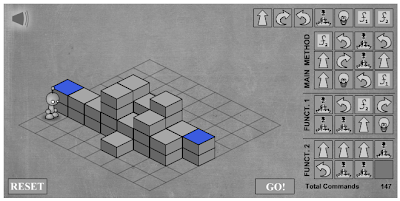- increasing comfort;
- decreasing effort;
- keeping productivity constant.
Currently I sit on two screens with same X11 but no Xinerama.
All stuff orchestrated by `Ion3 Window Manager.
It feels just right despite it's 5 dimensions which I thought would be to much to use subconsciously because of my 3D habits.
My front view has Screen1 ++ Screen2,
Each screen has Windows on `X and Desktops on `Z,
Windows divided into Frames (`X-horizontal or `Y-vertical),
Frame has Tabs like in Firefox which slice `X ones more.
 |  |
| Screen 1 | Screen 2 |
Left monitor smaller then right. I do reading from it.
Right is for work.
Desktops organized by themes on Screen1 (Office, RTFM's etc.) and tasks on Screen 2. Tasks have usually one or two application which need full screen (Eclipse, Remote Desktop to Windows machine or remote X Session) and some small frames with terminal app's and scripts.
Fulscreeners are collapsed initially and only when I'm focusing on the task they goes big on `Z so I still have all stuff on 2D distance. Themes also adjusted to the task to extract me required info.
Before I used Window Managers with overlapped windows. Normally it consume 5-6 desktops times 2 monitors.
Now, just 5-6 on both monitors in any time. It's contra intuitive but tiling WM save 1.2 square meters of pixels for me.
I use mouse for editing and never for navigating because I have to move it and still not able to go directly trough all Ion's dimensions. I use teleport instead which doesn't have those limits then just tasting shortcuts in app's.



















